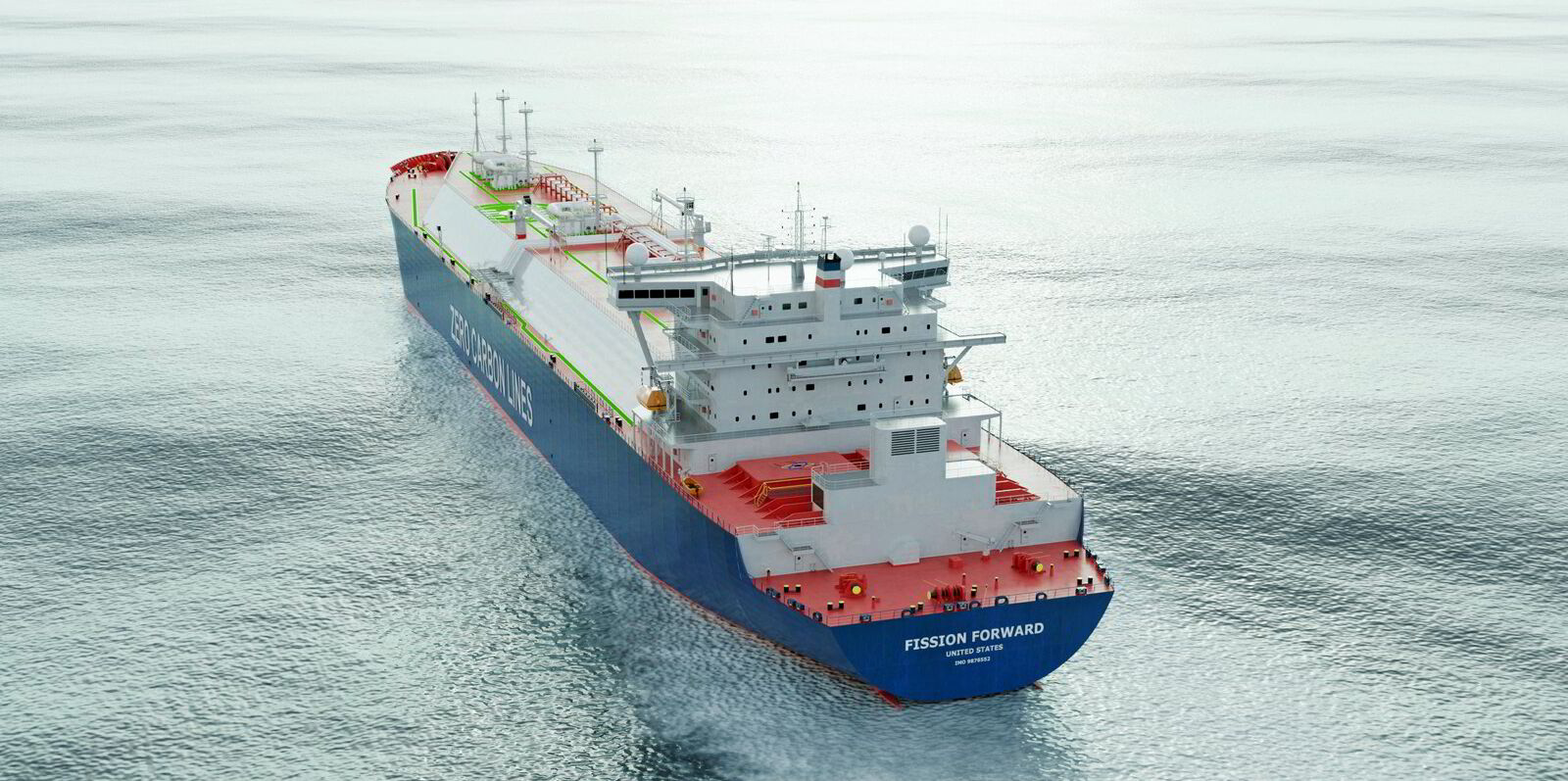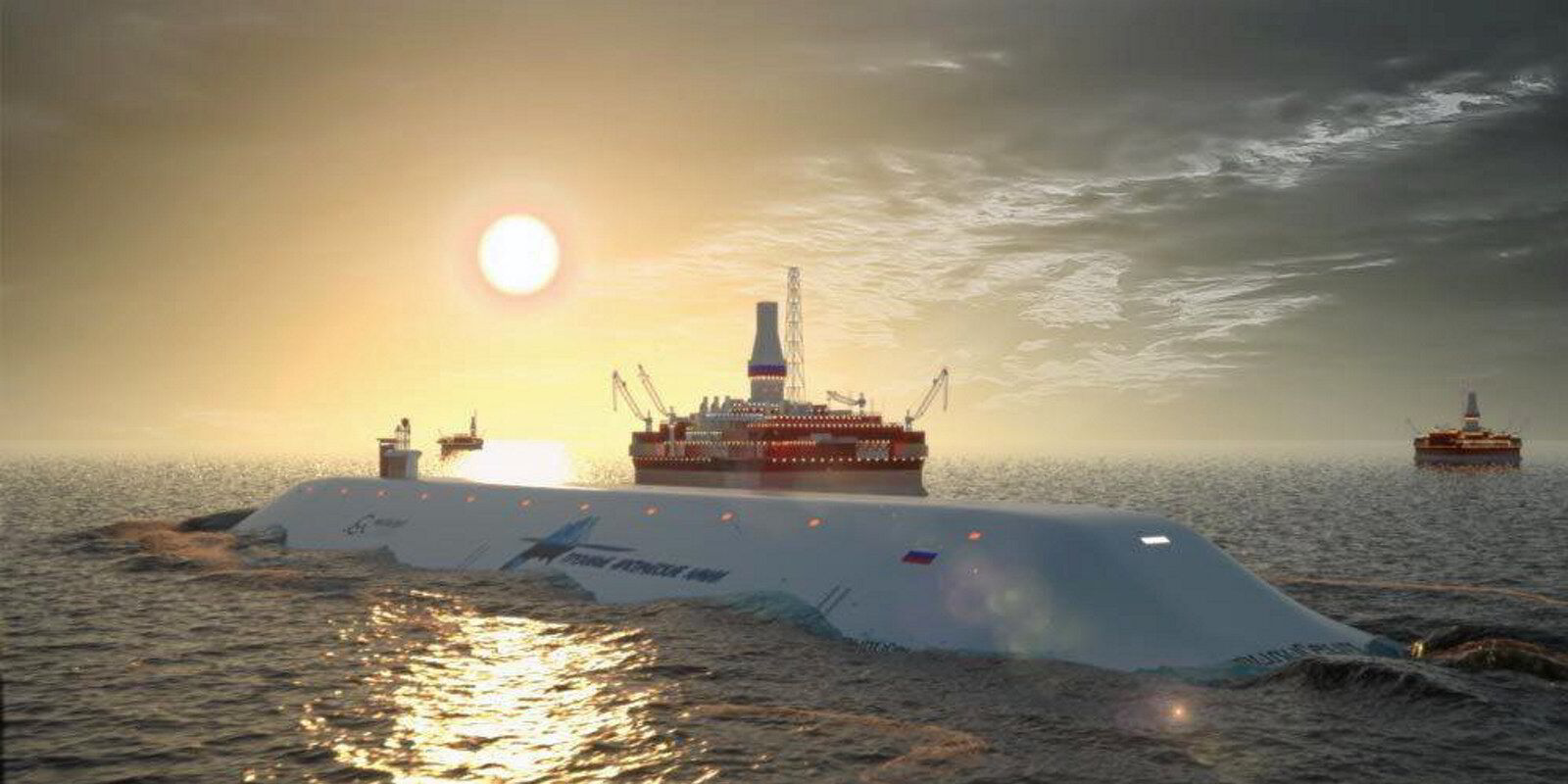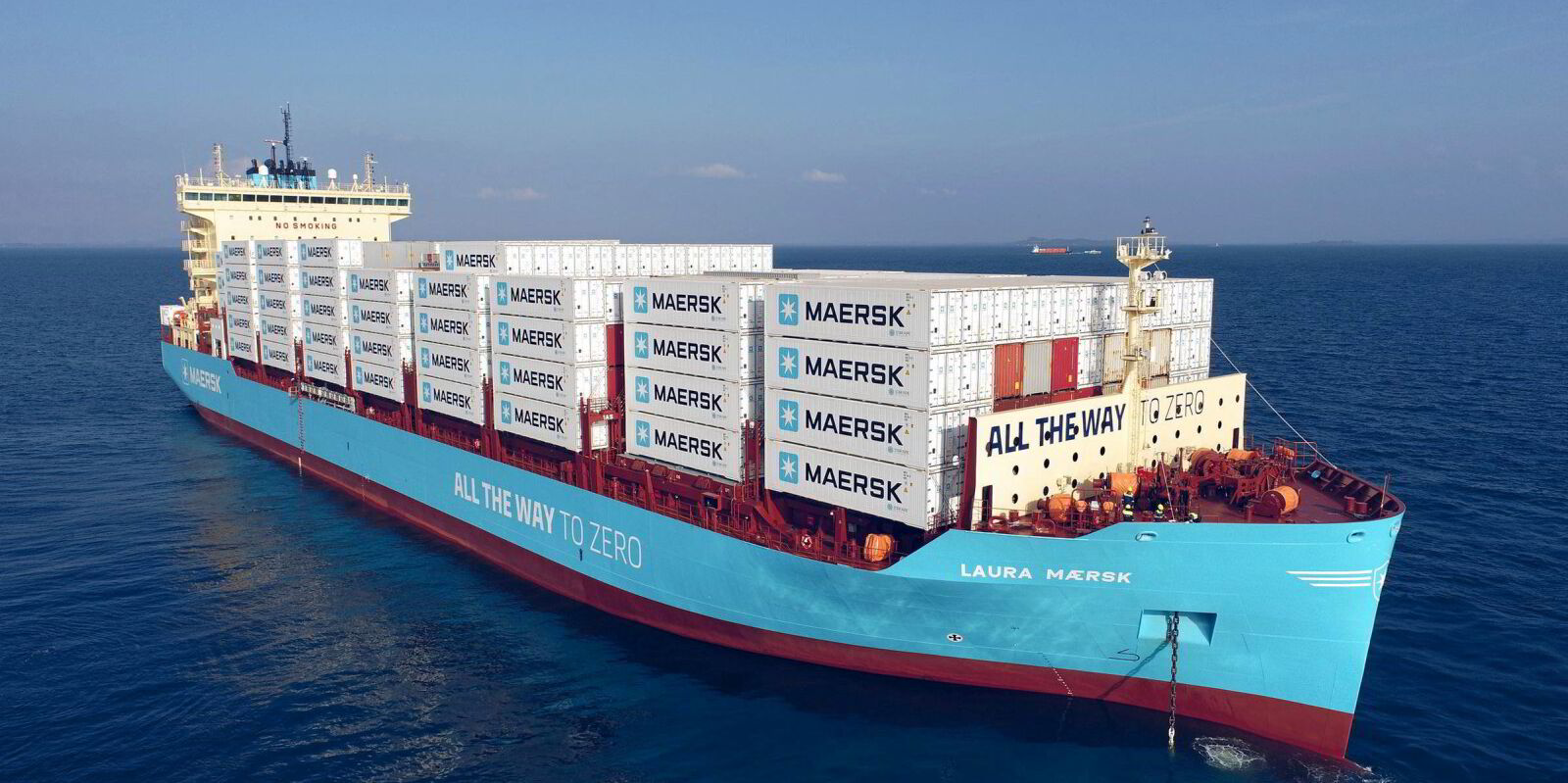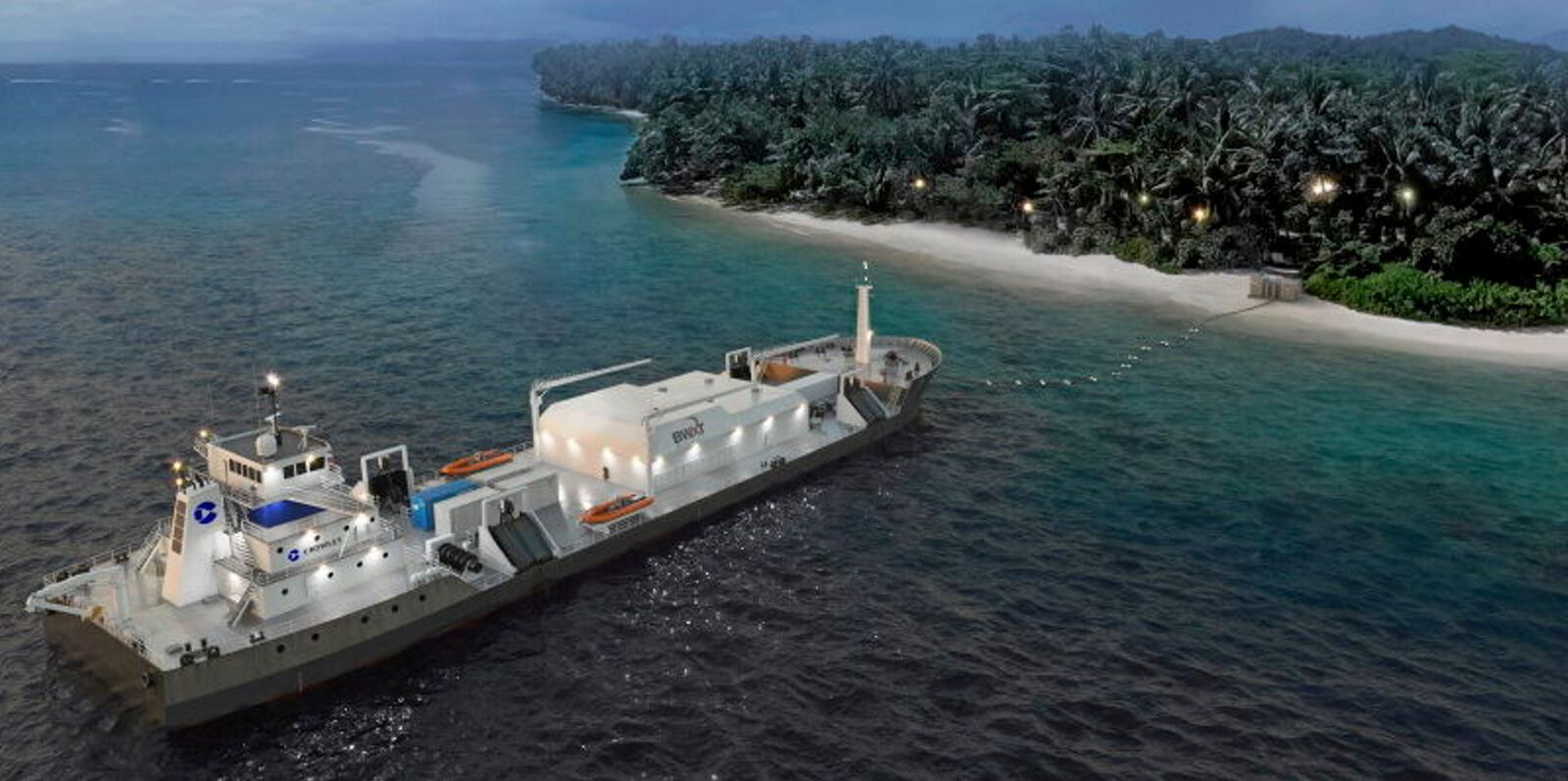Putting a high-temperature nuclear reactor on board an LNG carrier shipping a cargo that needs to be kept at -162C might not sound like a good idea.
But American Bureau of Shipping senior vice president, global engineering and digital product development, and chief technology officer Patrick Ryan said the whole point of the classification society’s new LNG carrier nuclear ship concept design study is to confront the challenges of how the two might work together.
ABS was commissioned by the US Department of Energy around two years ago to look at barriers to the adoption of nuclear in maritime.
The study, in partnership with naval architect Herbert Engineering Corp, for the application of small modular reactor technology on an LNG carrier follows a recently published concept for a floating nuclear power plant and two unreleased studies for a container ship and a suezmax tanker.
Ryan said looking at what society needs from a decarbonisation perspective and the incoming regulations, it would be foolish to ignore nuclear as a part of the fuelling mix.
But there is so little information and so few designs, that developing rules and standards for a nascent technology requires some foundational material.
This latest concept study envisages a 145,000-cbm membrane-type LNG carrier fitted with two high-temperature gas-cooled reactors (HTGR) that would each use two steam turbines to provide a design speed of 19.5 knots.
These would all be located aft of the accommodation block, with added protection to shield the cryogenic cargo from the reactors’ heat.
Battery-powered electric propulsion and diesel generators for emergency power would be included. The vessel would also have a reinforced hull.
The nuclear-powered LNG carrier is going to be heavier by 700 tonnes, but it will be power-dense, with reduced fuel costs because there is no need to bunker.
The study also found using HTGR technology allowed for faster speeds and zero-emissions operations.
The spent reactor fuel core would, however, need to be replaced at the ship’s five-year special survey dry-docking.
Ryan, who has worked in the nuclear ship design space for the US Navy, explained that low-enriched uranium is used in commercial reactors and has to be replaced often, unlike the highly refined varieties on nuclear submarines, which last much longer.
The LNG concept design is for a much smaller vessel than the 174,000-cbm to 180,000-cbm ships commonly ordered today. Also, it is not fitted with onboard reliquefaction, another usual feature of newbuildings.
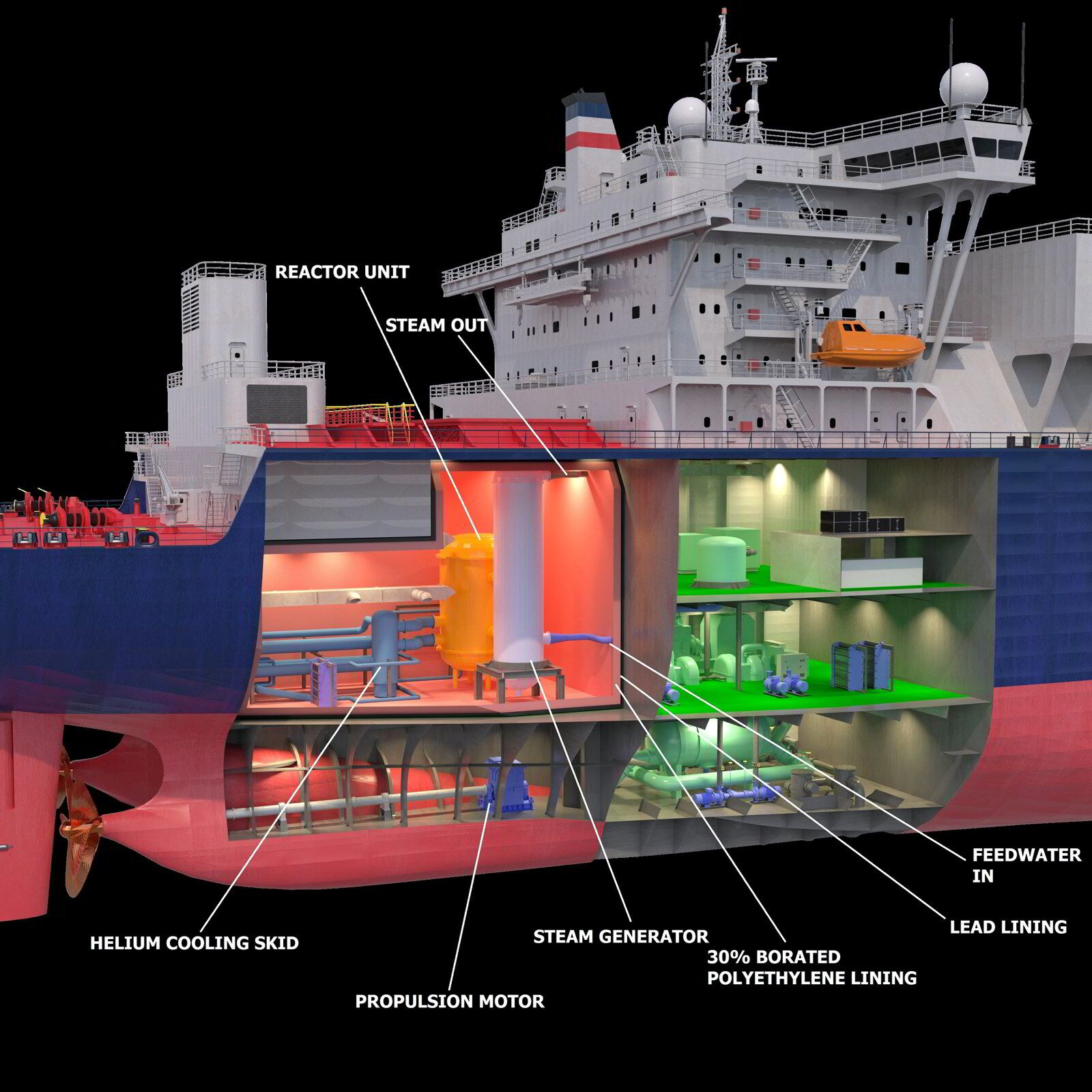
But Ryan said the vessel specifications are not written as a shipowner might produce them.
“It is a study to illuminate some of the unintended design consequences, some of the unforeseen risks that a class society needs to consider in the development of rules,” he said.
One of the main challenges from a regulatory standpoint is how a nuclear vessel will trade in practice, as countries at either end of the route will need to have some kind of licensing or understanding of the reactor to allow it to enter their waters.
Ryan said the concern is that a more expensive capital asset is constrained to a particular trading path. The use of these vessels on green corridors could be one solution.
The study identifies several big hurdles.
There is clearly more work and information needed on how nuclear reactors perform in marine settings.
There is the question of matching up the replacement of the reactor core with a vessel’s dry-docking schedule, which could ultimately limit the size of the ship that would be suitable for this technology.
Access to shipyards with the right facilities for this work would also be key, and nuclear-powered vessels may need a higher level of redundancy than conventional ships.

But topping the list is a positive — nuclear’s ability to “drastically” abate shipping emissions.
Vessel costings have yet to emerge, as nuclear reactor developers are still holding this data close. While capital expenditure is going to be higher, operational expenses will be lower, Ryan said, so for shipowners, it is about making that trade-off.
He stressed that nuclear has “a fantastic safety record … It’s just about risk and managing risk, and it’s complex and it’s different”.
Ryan is constantly asked when nuclear might become a propulsion option for commercial shipping.
“I think if we want to as a society, we can certainly do this in the five to 10-year kind of window,” he said.
He envisages a floating power plant in a single coastal state as the likely first application because of the regulatory challenges of a nuclear reactor on a vessel commercially trading between nations.
Ryan said some big players are beginning to look at nuclear for maritime, including the oil majors and nations such as South Korea and Japan.
“If you really want to get to net zero, there are some real challenges with some of the technologies. Nuclear is not so far-fetched,” he said, adding that society has been using it in one very niche kind of application in maritime — the military.
“Can we get past that?” he asked.
